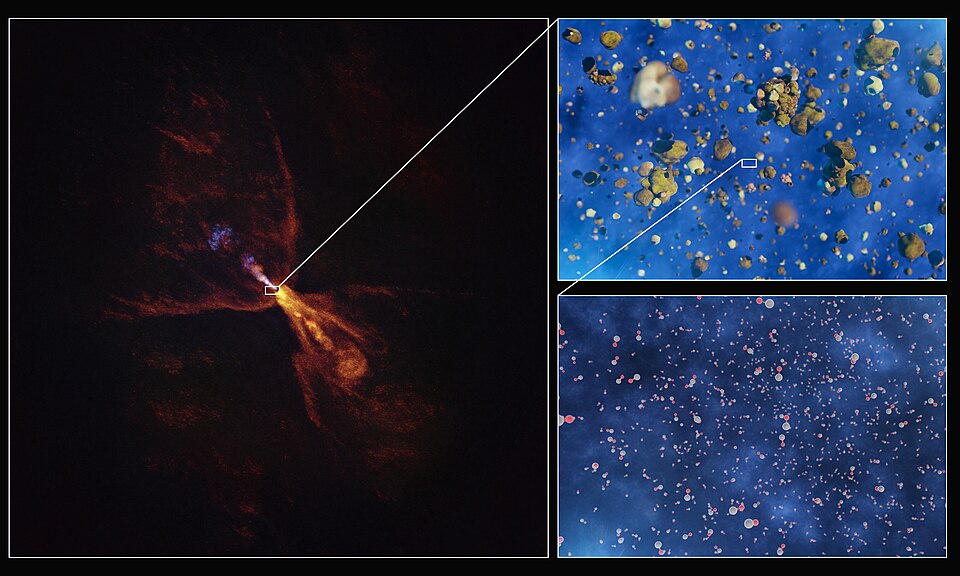Astronomers Capture First Evidence of Planet Formation Around Hops-315

In a groundbreaking discovery, astronomers have observed the earliest stages of rocky planet formation around the young star, Hops-315, located approximately 1,370 light-years away. This significant finding offers a unique insight into the processes that may have led to the formation of our own solar system over 4.5 billion years ago. The research was led by Melissa McClure, a scientist at Leiden Observatory in the Netherlands, and the findings were published in the prestigious journal, Nature, on July 16, 2025.
Hops-315, a yellow dwarf star still in its infancy at only 100,000 to 200,000 years old, is a prime subject for studying planetary formation. According to McClure, "We’ve captured a direct glimpse of the hot region where rocky planets like Earth are born around young protostars." This discovery marks the first time scientists have confirmed that the initial steps of planet formation are actively occurring around a distant star.
The observations were made possible through the collaboration of NASA's Webb Space Telescope and the European Southern Observatory, which utilized advanced imaging techniques to examine the gas disk encircling Hops-315. The team detected solid particles condensing within this disk, which are believed to be the first materials that will eventually form rocky planets.
Fred Ciesla, an expert in planetary science from the University of Chicago, commented on the significance of the findings, stating, "This is one of the things we’ve been waiting for. Astronomers have been thinking about how planetary systems form for a long period of time. There’s a rich opportunity here."
The presence of crystalline silicate minerals and silicon monoxide gas in the disk suggests that the processes observed around Hops-315 could be universal features of planet formation, rather than unique to our solar system. This revelation challenges previous assumptions and opens new avenues for research into the origins of planetary systems.
The structure of the gas disk around Hops-315 resembles that of the asteroid belt in our solar system, indicating that it may contain materials that will coalesce into planets in the future. McClure noted, "The action is unfolding in a location comparable to the asteroid belt between Mars and Jupiter, containing the leftover building blocks of our solar system’s planets."
While the precise number of planets that may eventually form around Hops-315 remains unknown, the substantial gas disk suggests that it could host multiple planetary bodies in the coming million years. Co-author Merel van ’t Hoff from Purdue University emphasized the importance of expanding the search for similar systems, asking, "Are there Earth-like planets out there, or are we so special that we might not expect it to occur very often?"
This discovery not only enhances our understanding of how planetary systems develop but also poses critical questions about the uniqueness of Earth and the likelihood of finding other Earth-like worlds throughout the universe. As astronomers continue to study Hops-315 and similar stars, the quest to unravel the mysteries of planetary formation and the potential for life beyond Earth is only just beginning.
Advertisement
Tags
Advertisement





